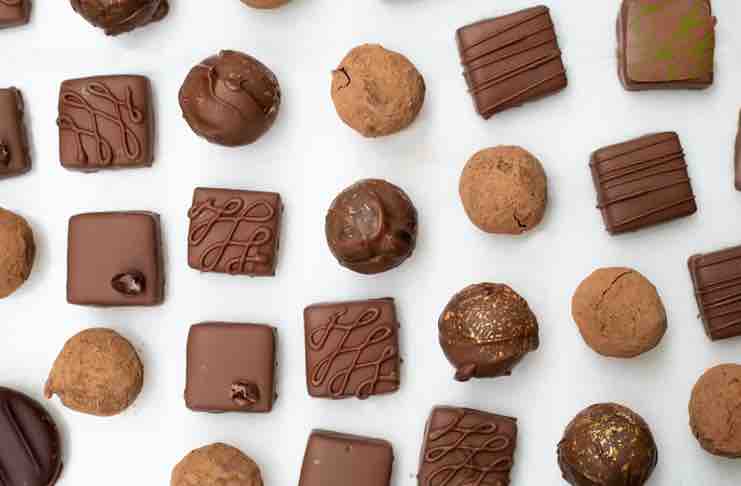One aspect of daily life that encapsulates a nation’s cultural identity is its cuisine. This isn’t limited to main courses or delicacies, but also to its confections. What makes it to the local menu is heavily influenced by the types of plants that can thrive in the local soil and climate. Thanks to international trade, one edible plant that has made its way into kitchens across the globe is cacao.
Cacao is incredibly versatile, but it’s best known for being processed into chocolate, an ingredient that’s regularly used by home cooks and Michelin star chefs alike. When making chocolate, culture also plays a big role. Just as cuisine differs between countries, so too do the styles and preferences of chocolatiers.
In this post, we’ll be comparing the chocolates of Switzerland, Belgium, and France. We’ll briefly discuss the histories of each, qualities that make each country’s creations unique, and the types of chocolates they’re best known for producing.
Swiss Chocolates
Swiss chocolate is one of the most popular and well-known types of chocolate. It’s also among the best you can find because of its rich, creamy taste. Swiss chocolate also tends to be less sweet than other varieties, which makes it perfect for those who prefer darker flavors over sweeter ones.
Swiss chocolates are often made with high-quality ingredients like pure cocoa butter, Madagascar vanilla beans or even ground hazelnuts. The history behind Switzerland’s bond with chocolate dates back to 1657 when Jean Tobler first started manufacturing chocolate in Bern. In particular, the city of Zurich has been known for its high-quality chocolates since 1826 when Rodolphe Lindt perfected a machine to make molded chocolate.
As the quality of Swiss chocolates improved over time, Swiss chocolatiers started exporting their products across Europe, where they found great success in countries like France, Germany, and Italy. From the mid-19th century to the first half of the 20th century, several Swiss chocolate brands have sprung up through business negotiations along with family mergers.
Belgian Chocolates
Belgian chocolatiers are known for their high-quality, original chocolates. Not only is the quality of Belgian chocolate excellent, but it’s also some of the most diverse in flavor and texture on the market today. Some of these flavors include dark, milk, white/cocoa butter, coffee beans (dark & white), vanilla bean paste (dark & white), crème de menthe ganache with green speckles (white), caramelized hazelnuts (milk).
Their unique flavors make Belgian chocolates an attractive option to many consumers looking for something different than what they can get back home. This puts the country on the map as a top chocolate lover’s tourist destination year after year.
Belgian chocolate has a long-standing tradition dating back to 1842. Jean Neuhaus II created his very first praline in 1857 by mixing chopped-up cocoa beans with sugar and filling them in gold paper bags.
In 1912, the status of Neuhaus chocolates was secured when Jean Neuhaus invented pralines filled with cream. This smooth chocolate masterpiece became an overnight success in Europe and around the world. Neuhaus soon became one of Belgium’s leading brands and still is today.
French Chocolate
The French are notorious for their exacting temperament when it comes to food, and their approach to chocolate is no different. Their process involves slowly melting the chocolate to fully incorporate the cocoa butter, adding a lot of cream, and mixing in various extracts like vanilla, mint, or orange. The result is luxurious, creamy confections with intense and unique flavor profiles. Check some of the best French chocolatiers here.
French chocolates are typically made with a higher cocoa content than other types of chocolate. The flavor profiles can be more complex and varied because the beans used often come from different countries.
In France, chocolate is celebrated as an art form, which influences how it’s created and consumed there. French chocolatiers are also known to opt for bite-sized chocolates to moderate consumer intake, which has inadvertently boosted demand for their premium chocolates worldwide.
France’s strength lies in its premium chocolates. One of the top-selling gourmet products in the country is their dark chocolate with high-quality cocoa content, combined with an assortment of nuts. According to a 2020 market research report, the French premium chocolate market is projected to grow at a rate of 8.84% between 2021 to 2026.
Want to read more of our latest posts? Check out the key tips when translating into French.

